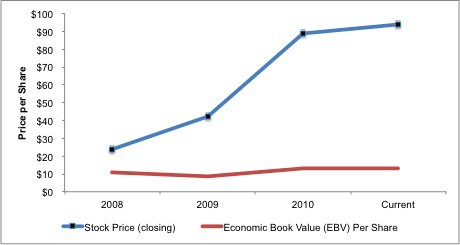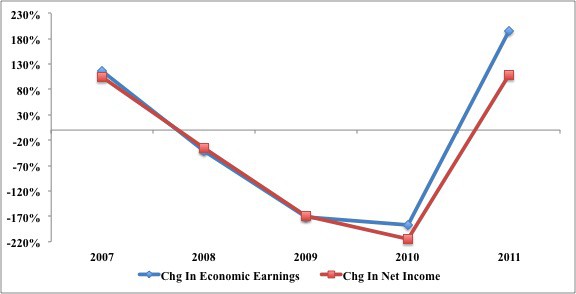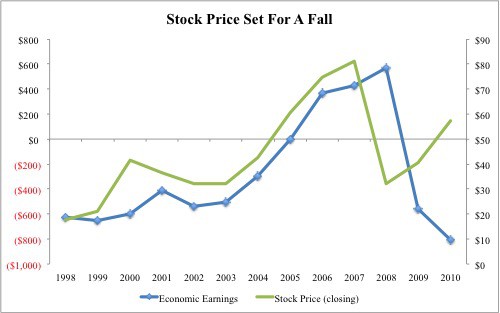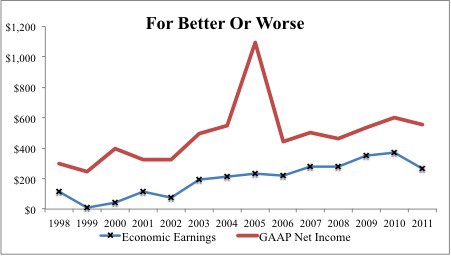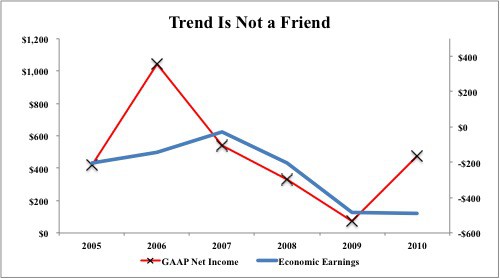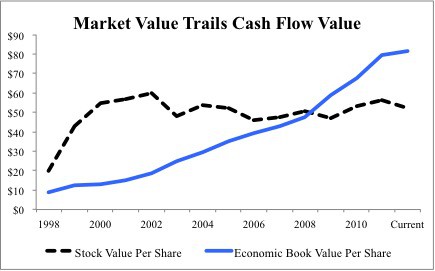Smoking Out the Truth: Buy MO
As discussed in “The Real Earnings Season Starts Now”, annual reports are the best source for developing investment ideas. I provided my clients with dozens of insights in 2011 that delivered impressive returns, and I continue that trend with my recommendation of MO.
David Trainer, Founder & CEO


